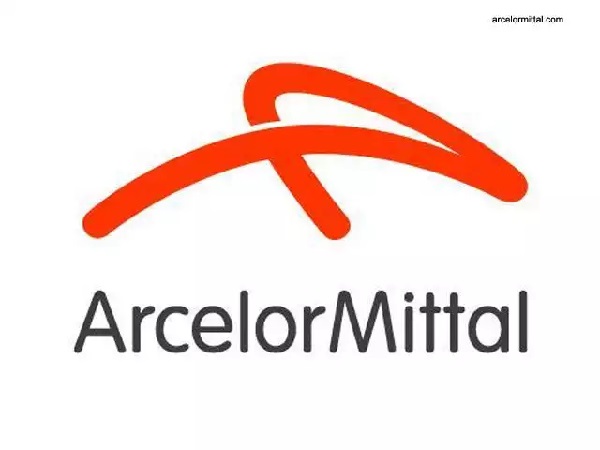
Luxembourg-headquartered steel manufacturer ArcelorMittal today announced results for the three- and six-month periods ended 30 June 2020.
Operating performance in the second quarter of 2020 reflected the negative impact of the COVID-19 pandemic primarily on the steel business, with reduced demand leading to a 23.7% sequential reduction in steel shipments (shipments for the first half of 2020 were 23% lower year-on-year). The company also reported an operating loss of $0.3 billion in the second quarter, including $0.2 billion in exceptional items (operating loss for the first half-year of $0.6 billion includes $0.8 billion impairment and exceptional items). The company's earnings before interest and taxes (EDITBA) were $0.7 billion in the second quarter (EBITDA of $1.7 billion in second half).
ArcelorMittal reported a net loss of $0.6 billion in the second quarter of 2020 (€1.7 billion in first half), with an adjusted net loss of $0.9 billion excluding impairment and exceptional items. Meanwhile, Free cash outflow was limited to $0.4 billion in the first half of the year and included a working capital investment of $0.5 billion.
The company recorded a gross debt of $13.5 billion and a net debt of $7.8 billion as of 30 June 2020 (down $2.3 billion compared to the previous year) - the lowest level achieved since the ArcelorMittal merger. Liquidity at the end of the second quarter of 2020 stood at $11.2 billion (consisting of cash and cash equivalents of $5.7 billion and $5.5 billion of available credit lines).
Despite the current uncertain times, ArcelorMittal’s core markets are showing signs of recovery from exceptionally low levels. The company will continue to align production levels to demand, with the ability and flexibility to restart hot idled capacity as recovery progresses.
Against the exceptional operating backdrop, the company has taken a comprehensive series of actions to reduce all costs to protect profitability and cash flows. While these actions will continue, it is now developing options for structural cost improvements to appropriately position the fixed cost base for the post-COVID-19 operating environment, with more details to be announced with the full year results.
ArcelorMittal has estimated certain cash needs of the business to be approximately $3.5 billion in 2020 and remains focused on its FY 2020 $1 billion working capital efficiency target. Achievement of its $7 billion net debt objective also remains a priority, at which point the company expects its capital allocation focus to shift from deleveraging towards cash returns to shareholders
Moreover, the steel company's $2 billion asset portfolio optimisation programme continues to progress and with suitable and viable buyers having expressed serious interest in certain assets, the company has expressed confidence in completing the programme by mid-2021.
Commenting on the results, Lakshmi N. Mittal, ArcelorMittal Chairman and CEO, said: “The first six months of the year, and particularly the second quarter, have been one of the most difficult periods in the history of the company, with demand for steel considerably disrupted by the COVID-19 pandemic. [...] As a group we responded swiftly to protect our people, assets, profitability and cashflow, ensuring the company is in as strong a position as possible to weather this very challenging period".
“There are now signs of activity picking up, especially in regions where lockdowns have ended, but clearly it is prudent to remain cautious about the outlook. Against this context, we are examining what structural changes might be required to ensure the Company is well configured to prosper in the coming years as demand recovers", Mr Mittal continued. “It has also become clear in recent months that governments around the world will align efforts to stimulate the economic recovery with the transition to a low carbon economy. ArcelorMittal recently published its roadmap to reduce emissions by 30% in Europe by 2030 and we were encouraged to see last week’s proposal by the European Council to introduce a carbon border adjustment".








